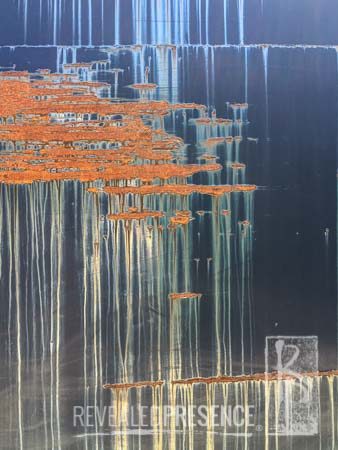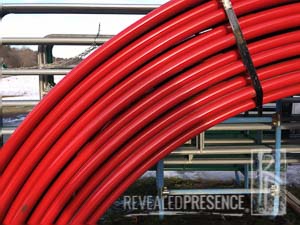(This post is part of a series reflecting on the value offered by my Intuitive Directions™ deck and has been reposted to reflect recent changes.)

I spent five years in a daily photography practice of “turning on” my eyes to discover beauty in the absolutely ordinary — to begin to see patterns, colors, textures, and paradoxes in the things we take for granted, the things we don’t normally pay attention to because we don’t see them as important or they are so ubiquitous that we no longer register them. Out of this practice I began to recognize how much information we don’t take in because of our day-to-day filters, our expectations, and the mental models we live by.
We filter things out for a reason. If we took everything in at once — all the sights, sounds, smells, tastes, and bodily experiences, not to mention the thoughts swirling around in our heads and the conversations we’re having — we would be paralyzed… not able to function in the day-to-day world. So we need filters to help us negotiate our lives without being overwhelmed. But this filtering also limits what we pay attention to.
Our expectations arise because of our past experience. If we’ve interacted with something in the past we’re more likely to notice or pay attention to it in the future, to the exclusion of everything else. In another post, I wrote about the power of words to create expectations and limit our perceptions. Something is worth paying attention to if it meets our expectations. If it doesn’t meet our expectations, it often requires more effort to comprehend than we have time or energy for.
Mental models are our way of making sense of the world. They define what we see, what we pay attention to, how we interpret what’s happening around us. Again mental models are a defense against too much information, but also limit us in our ability to understand what’s happening and what needs to happen.
What am I not seeing?
 The photography course I teach, Seeing with New Eyes, arose out of this daily practice of “turning on” my eyes as I ask myself, “What am I not seeing?” In the first assignment for this course, I ask students to spend the week photographing red. When they return, they express excitement that they began to see red all around them. Try it now. Just take a look around your space and notice where you see red. You’ll suddenly discover all the small details that you often take for granted.
The photography course I teach, Seeing with New Eyes, arose out of this daily practice of “turning on” my eyes as I ask myself, “What am I not seeing?” In the first assignment for this course, I ask students to spend the week photographing red. When they return, they express excitement that they began to see red all around them. Try it now. Just take a look around your space and notice where you see red. You’ll suddenly discover all the small details that you often take for granted.
Intuitive Directions® decks help us see beyond our filters, expectations, and mental models
I developed the Intuitive Directions photo card set when I recognized that when we are stuck on an issue or want inspiration, we often need external prompts to help us see beyond our filters, expectations, and mental models. By rolling the dice, we let go of our preconceptions of what we need to focus on. Instead, the dice point us to themes that we might not have considered. The questions on the cards we draw often point us to new perspectives, helping us see what we hadn’t seen before. And, finally, as we consider the images that accompany each question, we have the opportunity to open our minds up to our imagination and intuition.
